It’s 2 AM, you’re deep into a Netflix binge, and suddenly you wonder,
How do they even make an app this good?
Don’t worry, we’ve all been there. With everyone glued to streaming platforms these days, it’s hard not to imagine what it would take to build your own version of Netflix or Prime Video.
And considering Netflix made around $39 billion in 2024, it’s pretty clear that streaming isn’t just fun to have but is seriously profitable.
Maybe you’re a startup founder, a tech enthusiast, or just someone curious about how all those movies magically appear on your screen; either way, you’re in the right place.
The truth is, OTT apps have completely changed how we consume entertainment. Gone are the days of rushing home to catch a TV show; now, your favorite series, movies, and even live sports are just a tap away.
That convenience is exactly why businesses, big and small, are jumping into OTT app development. It’s all about building experiences people can enjoy anytime, anywhere.
So, how do you actually go about creating your own Netflix-style streaming app?
Table of Contents
Let’s break it down, nice and easy, so it all makes sense!
What Is an OTT App?
Alright, before we jump into building your dream streaming app, let’s quickly clear up what an OTT app actually is!
OTT stands for Over-The-Top, which means it delivers content directly over the internet. Unlike traditional TV or cable, where we wait weeks for our favorite shows to air, OTT apps let you watch what you want, when you want, kind of like having a personal TV channel in your pocket.
Examples
Some popular OTT apps you might already know:
- Netflix: Binge-worthy series and movies anytime
- Prime Video: Amazon’s streaming hub with tons of originals
- Disney+: Family-friendly shows, Pixar, Marvel, Star Wars
- Hulu: Live TV, on-demand content, and originals
- HBO Max: Blockbuster movies and award-winning series
In short, OTT apps have completely changed the way we consume entertainment, putting endless content right at our fingertips. They’re convenient, flexible, and built to keep viewers coming back for more.
Now that we know what an OTT app is and have seen some popular examples, it’s time to look at the essential features that make a Netflix-style app truly stand out.
Not Sure How to Make Your Streaming App as Addictive as Netflix or Prime Video?
What Are the Essential Features of an OTT App?
Building a streaming app is a lot like making your favorite pizza: the crust is your app, but the toppings, i.e., the features, are what make people come back for another slice. The right combination of features is what keeps viewers happy, engaged, and wanting more.

Some of the crucial features for an OTT app are:
1. User Profiles and Personalization
Imagine walking into your favorite café and they already know your order; that’s what personalized profiles do. Let users create accounts, set preferences, and get personalized recommendations based on what they like to watch. This keeps viewers engaged and coming back for more.
2. Advanced Search and Content Recommendations
People don’t want to scroll forever to find what they want. A good OTT streaming app should have smart search, filters, and algorithms suggesting shows or movies based on viewing history, basically acting like a personal guide through the endless content buffet.
3. Secure Payments and Subscriptions
If you’re offering premium content, OTT app security and reliable payment gateways are non-negotiable. Subscriptions, in-app purchases, or ad-supported options should all work smoothly, making users trust and enjoy your platform without hiccups.
4. Multi-Device Streaming and Offline Viewing
Viewers love flexibility. Your app should work smoothly across phones, tablets, smart TVs, and web browsers. Bonus points for offline viewing, so users can watch their favorite shows during flights, commutes, or internet blackouts.
5. Analytics and User Engagement Tools
Here’s the secret sauce: knowing what your users actually enjoy. Integrating analytics allows you to track watch habits, engagement, and trends, helping you improve content recommendations, optimize the app experience, and keep viewers glued to the screen.
A Step-by-Step Guide: How to Build an OTT Streaming App?
At first, creating a streaming app can feel like trying to build a spaceship, a bit intimidating.
But in reality, it’s more like assembling your favorite meal: with the right ingredients and steps, it comes together perfectly. In this section, we’ll go through how to build a streaming app step by step, keeping things simple and easy to follow.
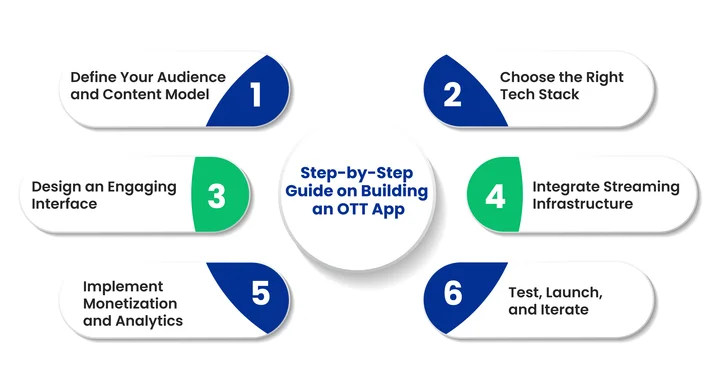
Step 1: Define Your Audience and Content Model
First things first: who are you building the app for, and what kind of content will you offer?
Are you creating a video-on-demand (VOD) app like the big streaming platforms or a live-streaming service?
Knowing your audience helps shape your OTT platform development strategy and ensures the features match what viewers want.
Step 2: Choose the Right Tech Stack
The tech stack is the backbone of your OTT streaming app development. Picking the right tools affects performance, security, scalability, and even OTT app security.
Here’s a typical tech stack for building a Netflix-style or Prime Video-style app:
- Frontend (User Interface): React Native, Flutter, Swift (iOS), Kotlin (Android).
- Backend (Server & APIs): Node.js, Django, Ruby on Rails.
- Database: PostgreSQL, MongoDB, Firebase.
- Streaming & Media Delivery: AWS Media Services, Wowza, Brightcove.
- Content Delivery Network (CDN): Akamai, Cloudflare, AWS CloudFront.
- Payment & Subscription Management: Stripe, PayPal, Braintree.
- Security & DRM: Widevine, FairPlay, PlayReady.
The right stack ensures your app is fast, reliable, and secure across all devices.
Step 3: Design an Engaging Interface
Your app might have amazing content, but if it’s confusing or clunky, people won’t stick around. Focus on user experience in OTT apps, smooth navigation, and eye-catching visuals. It’s more like designing a cozy café: inviting, easy to navigate, and a place people enjoy spending time in.
If you want to create a streaming app that viewers love coming back to every day, collaborating with an expert UI/UX designer is so important. A well-crafted interface makes the entire viewing experience effortless and enjoyable.
Step 4: Integrate Streaming Infrastructure
This is where your app really comes to life. To make sure videos play smoothly and securely on any device, you’ll need video player integration, a reliable content delivery network (CDN) for streaming, and DRM (Digital Rights Management).
These tools make your OTT streaming app professional and trustworthy, just like the famous platforms.
Step 5: Implement Monetization and Analytics
It’s time to think about revenue.
Will your app use a subscription-based streaming model, ads, or a hybrid approach?
Adding analytics helps track what users watch, how often they engage, and which features they want most. This insight is important in deciding how to monetize a streaming app successfully while keeping viewers happy.
Step 6: Test, Launch, and Iterate
Before launching, test everything thoroughly, including playback, payments, security, and performance across devices. Once your custom OTT platform is live, gather feedback, fix bugs, and improve continuously.
The best streaming apps evolve with their audience, offering fresh features and smoother experiences over time.
Getting guidance from an expert mobile app developer can make building and scaling your OTT app much smoother. It’s a smart move for long-term success and a better experience for your users.
After planning all the essential steps, it’s time to think about the budget. How much does an OTT platform actually cost to develop?
Let’s take a closer look.
Apps with optimized UX see up to 45% higher daily engagement. Do you want to achieve the same?
How Much Does It Cost to Develop an App Like Netflix or Prime Video?
Launching an OTT app is exciting, but it can also make your wallet sweat a little. The cost depends on the features, platforms, and tech you choose. It’s like ordering a custom pizza; a few toppings are cheap, but if you want the full deluxe version with everything, the price goes up.
A minimum viable product (MVP) development is cheaper and faster to launch, while a full-scale OTT app with advanced capabilities like multi-platform support, offline viewing, and personalized recommendations will naturally cost more.
You can always start small with an MVP and scale up as your audience grows, keeping your OTT app development cost manageable.
To give you a clearer picture, let’s compare how different aspects of a streaming app can affect your overall development cost:
| Feature | What It Does | Cost Impact |
|---|---|---|
| Multi-Device Streaming | Let users watch your app on phones, tablets, smart TVs, and web browsers. | $15,000–$35,000. It requires additional development for cross-platform compatibility. |
| Offline Viewing | Allows users to download content and watch without an internet connection. | $10,000–$25,000. It involves storage management, DRM integration, and syncing content. |
| Personalized Recommendations | Suggests content based on user behavior and preferences, keeping viewers engaged. | $20,000–$50,000. It requires algorithms, analytics, and user profile management. |
Knowing where your money goes helps you make smart choices about starting with an MVP or going for a full-featured streaming app. It also makes planning your OTT platform development a lot less stressful.
Now, let’s talk about how your app can actually start making money with simple monetization strategies that work.
What Are the Monetization Strategies for OTT Platforms?
Building an app is one thing, but making it earn money is where the real challenge, and fun, begins. It’s like opening a café: you can have the best coffee and pastries, but without a plan for bringing in customers, it won’t pay the bills.

Luckily, OTT app monetization has a few tried-and-true approaches that work really well.
1. Subscription (SVOD)
This is the classic model, where users pay a monthly or yearly fee to access all your content. Netflix, Prime Video, and Disney+ all use this approach. It’s predictable, gives you steady revenue, and lets you focus on creating more great content.
2. Ad-Supported (AVOD)
Some apps let users watch for free but show ads between shows or movies. Hulu and some free streaming platforms use this model. It’s a great way to attract more users who aren’t ready to pay, and you can still monetize your content without a subscription.
3. Pay-Per-View (TVOD)
With this model, users pay for individual pieces of content, maybe a movie premiere or a special live event. It’s perfect if you have exclusive or high-demand content that people are willing to pay for one-off access.
4. Hybrid Models
Many apps mix these models to maximize revenue. For example, you could have a subscription tier but also offer premium pay-per-view content and/or sprinkle in some ads for free users.
For example, in certain regions, Netflix offers ad-supported plans alongside regular subscriptions, catering to different audiences while keeping revenue diverse.
Monetization doesn’t have to be complicated. With the right strategy, your custom OTT platform can turn into a solid revenue-generating business.
Challenges in OTT App Development (and How to Overcome Them)
Even the best streaming apps hit a few bumps along the way. From legal hurdles to tech glitches, there are some common challenges in OTT app development that every creator faces. Knowing these upfront makes it easier to plan and stay ahead.
Here are the most common challenges in OTT app development and how to tackle them.
- Content licensing and copyright can be tricky, so make sure you have clear agreements or focus on original content.
- Network performance and buffering issues can frustrate users, making a reliable CDN and optimized video delivery essential.
- Security and privacy are crucial; implement DRM, secure payments, and privacy best practices to protect users.
- Ensuring your app works across phones, tablets, smart TVs, and web browsers requires careful multi-platform development.
- Keeping users engaged is essential; personalized recommendations, profiles, and analytics help viewers stick around.
Pro Tip: Every challenge is solvable with the right planning and the right team. Investing in professional OTT platform development services early on saves headaches and keeps your streaming app running smoothly from day one.
Conclusion: Bringing Your Streaming App Vision to Life
Turning your OTT app idea into reality might seem like a big task, but step by step, it’s completely doable. Start by defining your audience, choosing a solid tech stack, and designing an engaging interface. Then, integrate a secure streaming infrastructure, test your app across devices, and choose a monetization model that fits your goals.
The takeaway?
Focus on user experience and scalability from the start; that’s what makes a streaming platform truly stand out.
Keep things manageable by starting with an MVP, testing, and scaling as your audience grows. That way, you’re always learning and improving.
With the right planning, tools, and a dedicated team, your streaming app can become a go-to platform for entertainment.
So, what’s stopping you from bringing your own OTT streaming app idea to life today?
Frequently Asked Questions (FAQs)
2. What Tech Stack Is Best For Streaming Platforms?
Popular options include React Native or Flutter for mobile apps, Node.js or Python for backend, and cloud services like AWS or Google Cloud. Adding a reliable CDN ensures smooth video delivery. The right stack makes your app fast, secure, and scalable.
3. How Can You Monetize A Streaming App?
You can choose subscription (SVOD), ad-supported (AVOD), pay-per-view (TVOD), or a hybrid approach. The choice depends on your audience and content type. Analytics help you see what works and optimize revenue.
4. What’s The Average Cost To Develop An OTT App?
A simple MVP can start around $40,000, while a full-featured OTT app with multi-device support, offline viewing, and personalized recommendations can cost $150,000–$400,000+. Costs depend on features, tech stack, and platform choices.
5. How Do You Ensure Your OTT App Is Secure?
Use DRM, secure payment gateways, and privacy best practices to protect users. Regular updates and monitoring help prevent vulnerabilities. Security builds trust and keeps your platform professional.
Your Audience Expects Instant Access to Content Anytime. Will Your App Keep Them Coming Back?
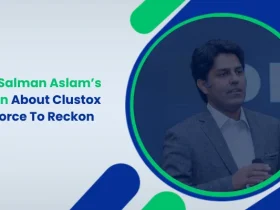

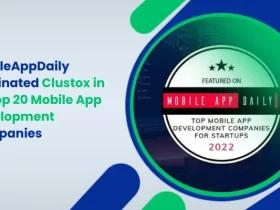
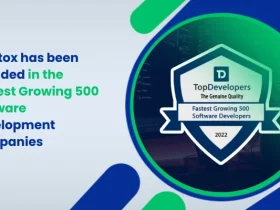

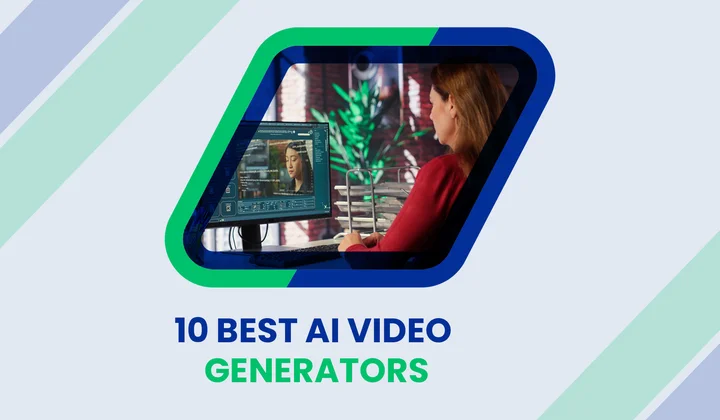
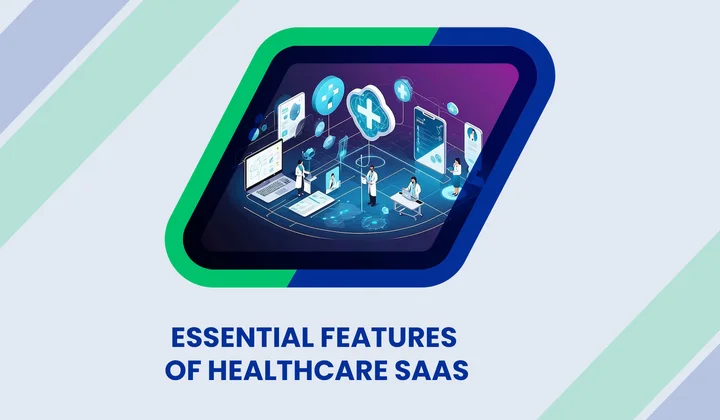

Share your thoughts about this blog!